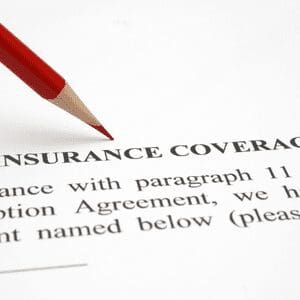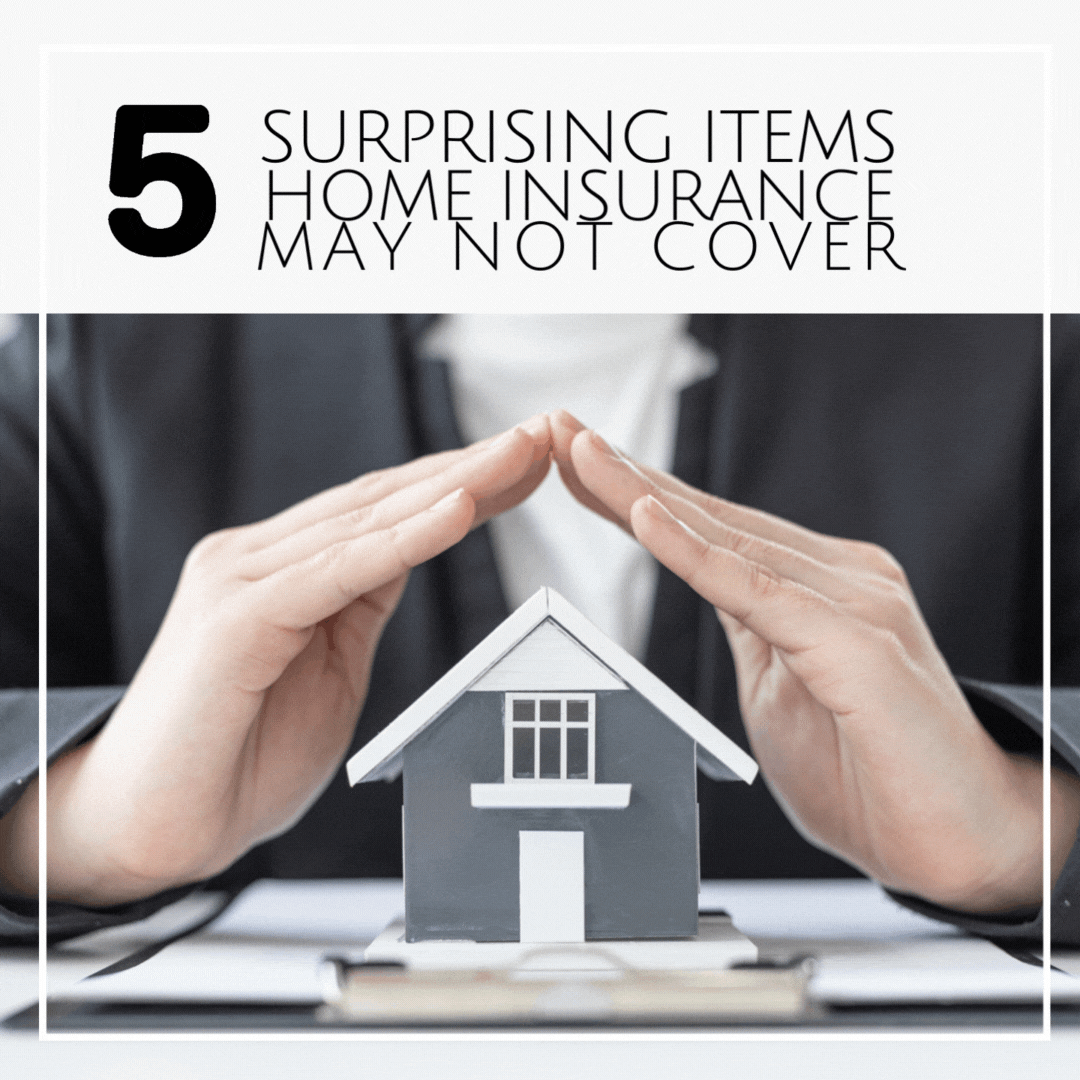Homeowners beware when you sign on the bottom line for that security you think you may have on your home.
You may think you’re covered in these five situations but unfortunately insurance your coverage may not be of any help. You may want to check your policy or call your agent to see if these apply to you, so you’re sure you’re covered for a rainy day.
Floods
Here we need to look at the definition of “flood”. Most insurance companies will cover a puddle of water from a burst pipe. When we’re looking at more than that, it gets a bit tricky.
When the flood is due to excessive rain, a hurricane, or an overflowing river, most standard home insurance won’t cover it. (The National Flood Insurance Program defines flooding as “an excess of water on land that is normally dry, affecting two or more acres of land or two or more properties.”)

Damage caused by these natural disasters can be so extensive that private insurance companies can’t afford to provide coverage for all (or will only provide costly policies to select homeowners).
Luckily, though, the federal government has stepped in, and is now the primary seller of flood insurance. You can find out if you live in a flood zone by visiting the FEMA website at | What Flood Zone Am I In? (floodsmart.gov).
There are maps here that can tell you if you are. Should you be in a flood zone, you’ll want to purchase additional flood insurance. This is especially true since flooding tends to cause expensive damage—even 1 inch of floodwater could result in $25,000 in repairs, on average.
When buying a new home, don’t buy a home in a flood-prone zone without it!
Earthquakes
Another natural disaster that you may or may not be covered for are earthquakes. You can find out if you live in an Earthquake Hazard Zone by checking the FEMA website at Earthquake Hazard Maps | FEMA.gov (bing.com) If you live in an area with earthquakes, you’ll need to purchase additional insurance here, too.
Most insurance companies offer special earthquake policies or, if you live in California, you can purchase it from the California Earthquake Authority (most Californians live within 30 miles of an active fault line, so it makes sense to do so).
Your insurance company may offer you a discount or even a rebate when you pay for certain improvements that help your home better withstand earthquakes.
Service Line Connections
This one is usually a bit of a shock for a homeowner to discover. It’s also a costly one. Water, sewage, and even electrical lines that connect your house to the street aren’t covered by most home insurance policies or the city.
Luckily, there’s a simple solution appropriately called service line coverage. This policy addendum not only helps cover any losses from faulty pipes or wiring that you’re legally responsible for, but it will also help pay for necessary repairs to the lines themselves.
If you’re potentially buying a house, be sure those service lines get inspected.
Sewer and Drain Backups
Sewer and Drain Backups
This is one of the grossest topics covered but it is important to touch on, especially when you think of all the heavy rains and hurricanes that happen in any given year.
Checking your policy’s wording regarding sewer and drain backups may save you from a messy cleanup and a disappointing answer from your insurance agency. Not all policies will cover sewers and drain backup into people’s homes in a lot of areas.
When a sewer backs up and fills your house with water, you might have to clean up the mess yourself—and on your own dime.
Jewelry
Is your diamond engagement ring, your grandmother’s gems or your Rolex covered under your homeowner’s insurance simply because they’re in your home?
The answer is a strong…maybe and only under specific circumstances and only up to a set limit. This limit is typically between $1,000 and $2,000.
Let’s say, for instance, your jewelry is damaged in a fire you’ll be covered for a small portion of the value whereas if you drop it down the drain, you won’t be covered at all.
You can, however, purchase what’s known as scheduled personal property coverage which boosts the coverage limit for high-value items.








0 Comments